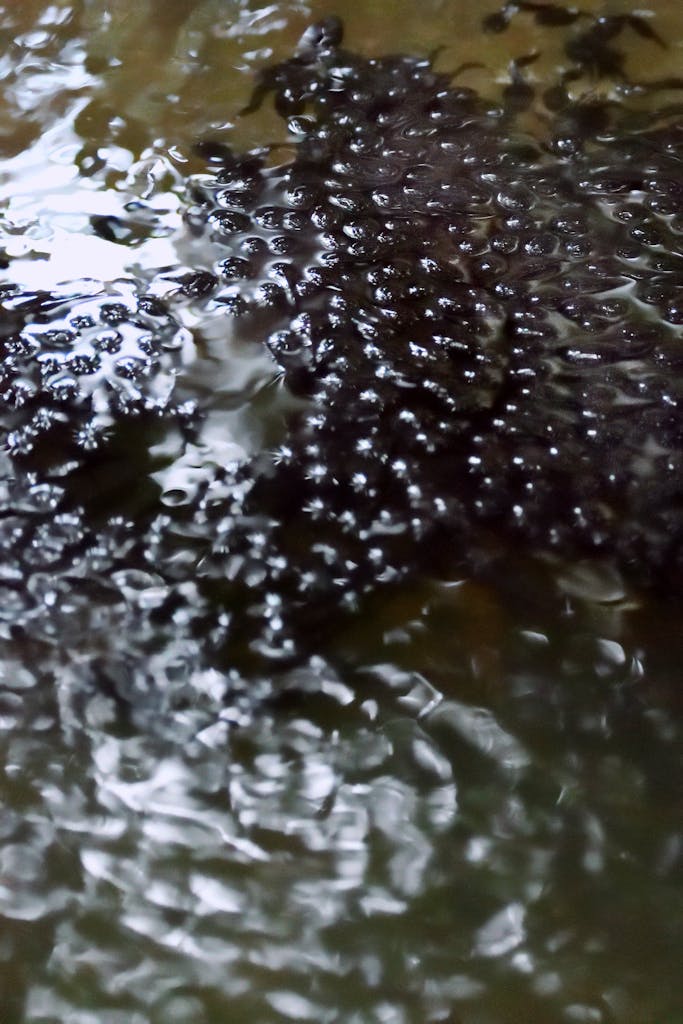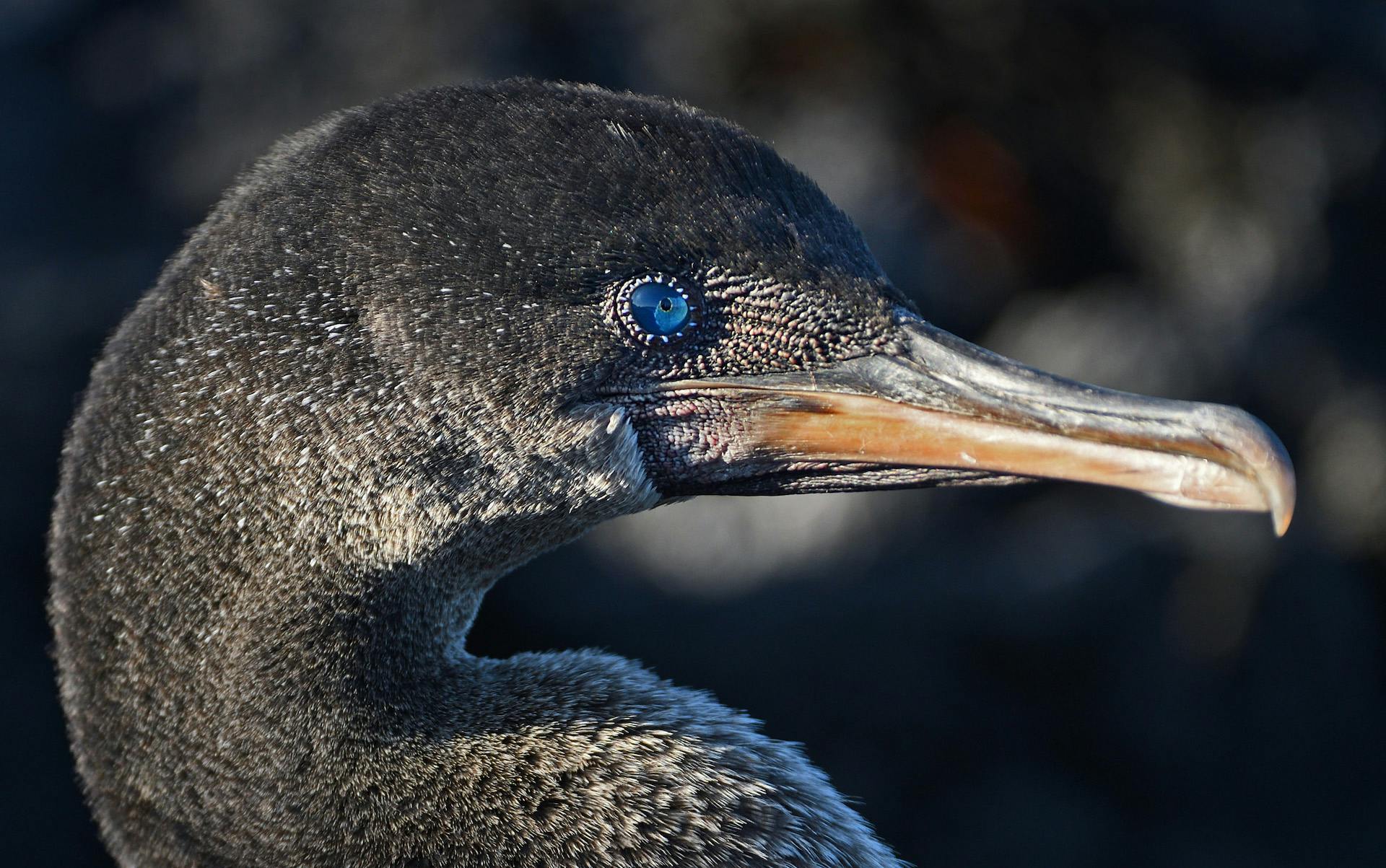Cartography Magazine Reports from the Galápagos: Espanto y Miedo
Silversea Cruises is proud to showcase this series of impressions about the Galápagos. The series of three pieces also includes A Salad of the Senses and Animal Noises. All originally appeared in Milan-based Cartography Magazine as a result of its journalists’ trips to the Galápagos, where they sailed on Silver Origin.
Today we finches with the different beak who adorn voluminous manuals on evolution are presented with other individuals of the same species. They’re so different from that wet-eared young gent who visited us almost 200 years ago, the one who swirled iguanas round by the tail and threw them into the sea while claiming “noble research intentions”. These individuals are shy, fearing their own extinction, aware that they are its primary cause.
We never thought they were so interesting until now. They come here to be seen in the midst of lava flows, banks of seaweed, flights of blue feet, crabs mounted on bright red legs, to give a backdrop to their disappearance. They look at themselves in our mirror, but they don’t see our eyes observing them. Almost two centuries later, they can’t hear our voices, they can’t interpret them, and they don’t understand what we’d like to tell them about them- selves. They look like lost shadows convinced that they’re part of nothing but an assembly of voyeurs.
What is so extraordinary about the Galápagos islands that they have the power to conjure up the most fascinating and at the same time ambiguous scenarios in those who visit and imagine them? Splendid and wild, with dazzling black lava streams and crowds of living beings, their nature is turbulence turned into stone. They’re rocks embedded in the sea, defended by their inaccessibility.
It’s difficult to know why but you just need to pronounce their name to capture the attention and curiosity of whoever is listening. It’s the reaction of those who somehow “know”, who’ve heard about them, imagined and dreamt them. It’s no coincidence that for centuries the Galápagos were called the Islas Encantadas. Here the enchantment is not beauty and wonder but magic and spells. It’s the same that children use when they chase each other in the game called espanto y miedo in the countries of Latin America – our “musical statues” – when time can stop.
So, the Islas Encantadas are under a spell that’s far from being rosy and good-natured. The person who described them first, Melville, a young man who took to sea on the whaler Acushnet saw all the grotesque in them (literally); he tells stories – rarely with a happy ending – of pirates and castaways, adventurers and madmen, solitary people who enslave their companions of misfortune. They recount that the only sound you can hear is the hissing of the birds, the tortoises who empty their lungs when they’re afraid so they can withdraw their heads into their shells, the iguanas, the sea lions, the violently channelled waters that burst up between the rocks. All Melville could do was spend the nights watching over the immense tortoises moving slowly and relentlessly on the ship deck, captured by the whalers as food supplies. These centuries-old animals immediately made him think of the strangeness of time, its endless procession.

It’s the spell of a place which is hard not to overcome metaphysically, a place that forces you to relate to the existent outside the self, the planet’s history, the origins, the cosmos, images and imagination. Here, in this uncontainable beauty, the soul finds no peace. The absoluteness of the islands’ appearance is bewitching. The young Darwin, scion of Britain’s intellectual class, savvy enough to be amazed at the openness and mild behavior of the animals around him, had fun picking up the iguanas by the tail, whirling them around in the air and throwing them into the water to watch them swim back to the shore. It wasn’t the same for the captain of the Beagle, Fitzroy. He felt psychologically threatened by the force of the islands, perturbed by the sight of these apparently serene places. Hoping to be relieved by his peer Darwin, he was overwhelmed by the solitude of the man in control, seeing that Darwin was faster, cleverer and more unscrupulous. The Galápagos would be the end of their friendship.
Here, in the midst of observant masses of birds, albatrosses, penguins and sea lions, it isn’t hard to suspect that these beings are humans who landed on the island of Circe and were transformed by a seductive sorcer- ess, daughter of the Sun, a powerful goddess whose voice is somewhere between a cry and a song.
On these islands, the whole of humankind is a castaway and so they remain because they realize that the gothic perfection of the place resides in the very condition of human absence. All humans can do is spy on the wilderness without being part of it.
The islands are the archetype of all the adventure novels of the modern period. Often, they are places where the main character is a castaway, either owing to reasons beyond his control, or his abandonment of the old world to start a new life and go back to the origins. The islands embody both ancestral fears and old hippy utopias. Georges Simenon was fascinated by the story of Floreana, the most remote islet in the Galápagos, drawing inspiration for his extraordinary Galápagos Affair from the 1930s story of a group of Germans who tried to live in the wild there. The real tale and Simenon’s rendition of it mix; we’re talking Milton’s Paradise Lost, but also the impossibility of a balanced relationship with nature. On these islands, the whole of humankind is a castaway and so they remain because they realize that the gothic perfection of the place resides in the very condition of human absence. All humans can do is spy on the wilderness without being part of it.
To date, the literature based in the Galápagos has always jumped back and forth in time, between the past and future. The result is a science fiction genre where tales of primordial situations are broken up by catastrophes. Kurt Vonnegut narrates the end of the world in his Galápagos: the last episode of human history takes place here. “Human beings,” says Vonne- gut, “had much bigger brains back then than they do today, and so they could be beguiled by mysteries. One such mystery … was how so many creatures which could not swim great distances had reached the Galápa- gos Islands … Many people were able to satisfy their big brains with this answer: They came on natural rafts.”
Today the Galápagos are a preservation laboratory that makes human-kind capable of finally rethinking and humbly accepting a secondary role. They’re places that change you, transform you, that make you think as you swim with the sea lions.
